This post may contain affiliate links. Please read our disclosure policy.
If you haven’t tried Taiwanese cabbage stir-fry, you’re missing out! This cabbage is naturally sweet, crisp, and juicy, and you only need 4 ingredients—Taiwanese flat cabbage, shiitake mushroom powder (or salt), oil, and stock.
I’ll show you where to buy it, how to cut it, and the best way to cook it. Tons of flavor in under 15 minutes!
More Taiwanese cabbage recipes coming soon—Pickled Taiwanese Cabbage and Din Tai Fung-Style Cabbage Stir-Fry with Garlic!
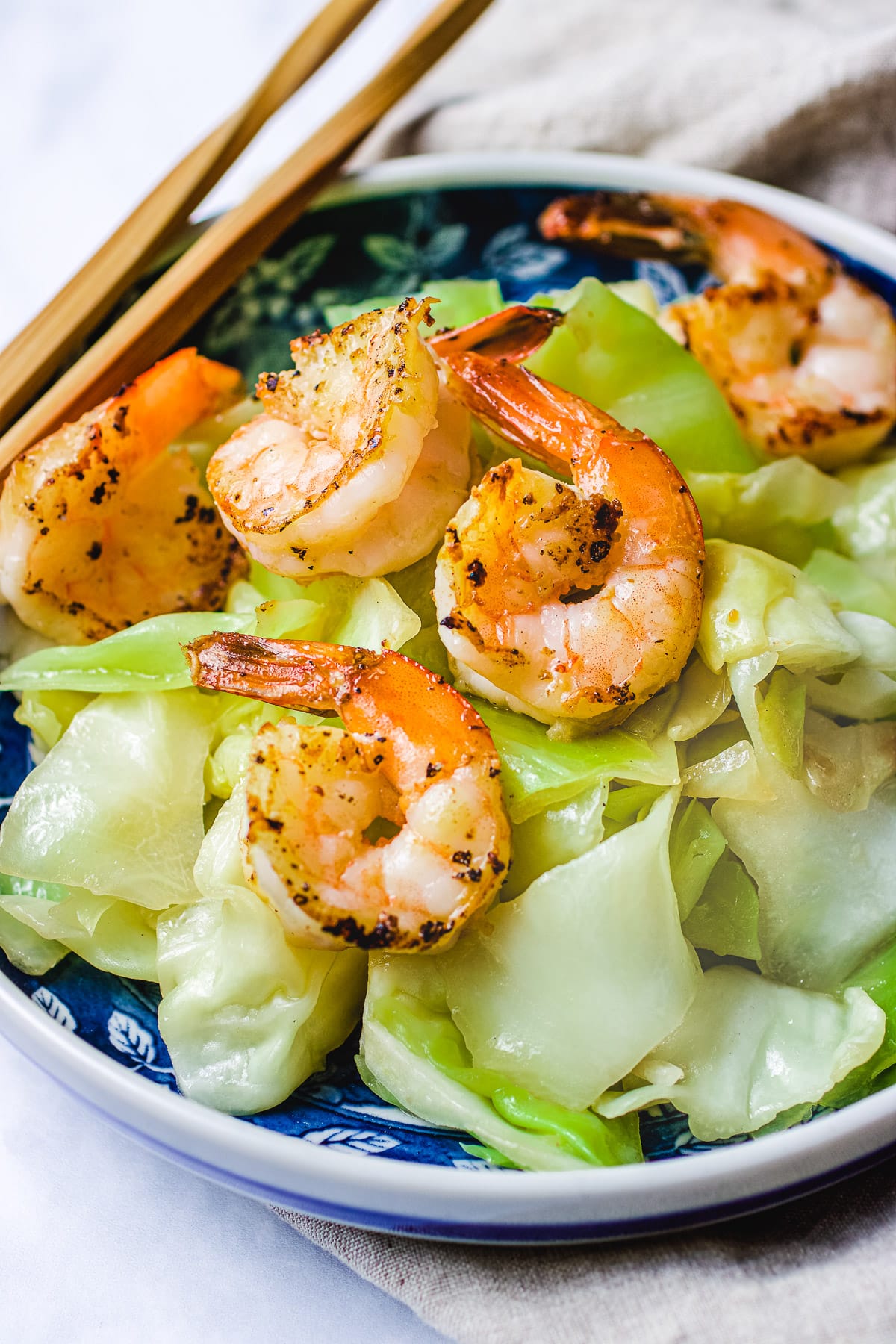
Table of Contents
What is Taiwan cabbage
Taiwanese cabbage, also called flat cabbage, is a type of Chinese cabbage popular in Taiwanese, Japanese, and Korean cooking. In Taiwan, it’s known as 高麗菜 (Gāo Lí Cài). The best ones come from the mountain region 梨山 (Lishan). It has a broad, flat, and round outer shape with pale green leaves, white ribs, and a mild, slightly sweet flavor.
Unlike regular green cabbage, its leaves are looser and more open. The pale green leaves are soft and tender, and the white stems are crisp, crunchy, and juicy.
Taiwanese cabbage is naturally sweet and refreshing. It’s often stir-fried, pickled, or shredded for dumpling fillings. You can also add it to soups or braise it.
Find it at Chinese, Korean, or Japanese grocery stores. In Korean markets, it’s sometimes labeled as White cabbage or Korean cabbage.
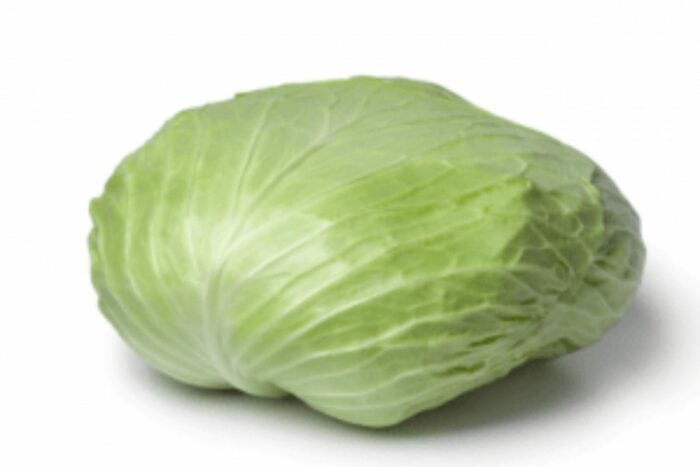
Ingredients
You only need four ingredients for this Taiwanese cabbage recipe—simple, but packed with flavor!

- Taiwanese cabbage: A loose-leaf Chinese cabbage with broad, pale green leaves, a mild flavor, and a crunchy texture. Look for one with a smooth exterior, no bruises, and a heavy feel.
- Cooking oil: Use a neutral oil that won’t overpower the cabbage’s natural sweetness. I recommend avocado oil.
- Shiitake mushroom powder seasoning (or coarse salt): Not all mushroom seasonings taste the same! Shiitake mushroom seasoning from Asia is a great MSG substitute and adds deep umami flavor. I use Takii’s brand (link in the recipe).
- Stock (or Taiwanese michu): In Taiwanese cooking, a splash of Chinese cooking wine or Taiwanese michu deglaze the pan and add authentic flavor. The alcohol burns off under high heat, leaving a distinct aroma. For an alcohol-free option, use chicken or vegetable stock. Japanese mirin also works.
👉 Check out my Chinese pantry staples for more gluten-free options!
What Not to Use: I don’t recommend adding rice vinegar. It’s not a typical Taiwanese flavor for this dish. If you want that tangy kick, it’s better suited for Stir fried Chinese cabbage.
Pro Tip
Picking the best Taiwanese cabbage
Look for one with a flat, round shape and no bruises. Pick it up—the heavier, the juicier! If it feels hollow and light, it won’t be as sweet or crisp.
Check the bottom stem too. If it looks dry or cracked, the cabbage is old and less juicy. Fresh ones have a smooth, moist-looking stem.
Best substitute
Can’t find Taiwanese cabbage?
Surprisingly, the best substitute I found while living in Spain (craving this sweet cabbage!) was Pointy cabbage—also called sweetheart or sugarloaf cabbage. It has a similar loose, crisp, and juicy texture. It’s not as sweet as Taiwanese cabbage, but it’s close enough to be the perfect swap!
How to cut Taiwan cabbage
Thanks to its flatter shape, Taiwanese cabbage is easier to cut than round green cabbage. For stir-frying, cut the leaves slightly larger than the stems so they stay crisp while cooking evenly.
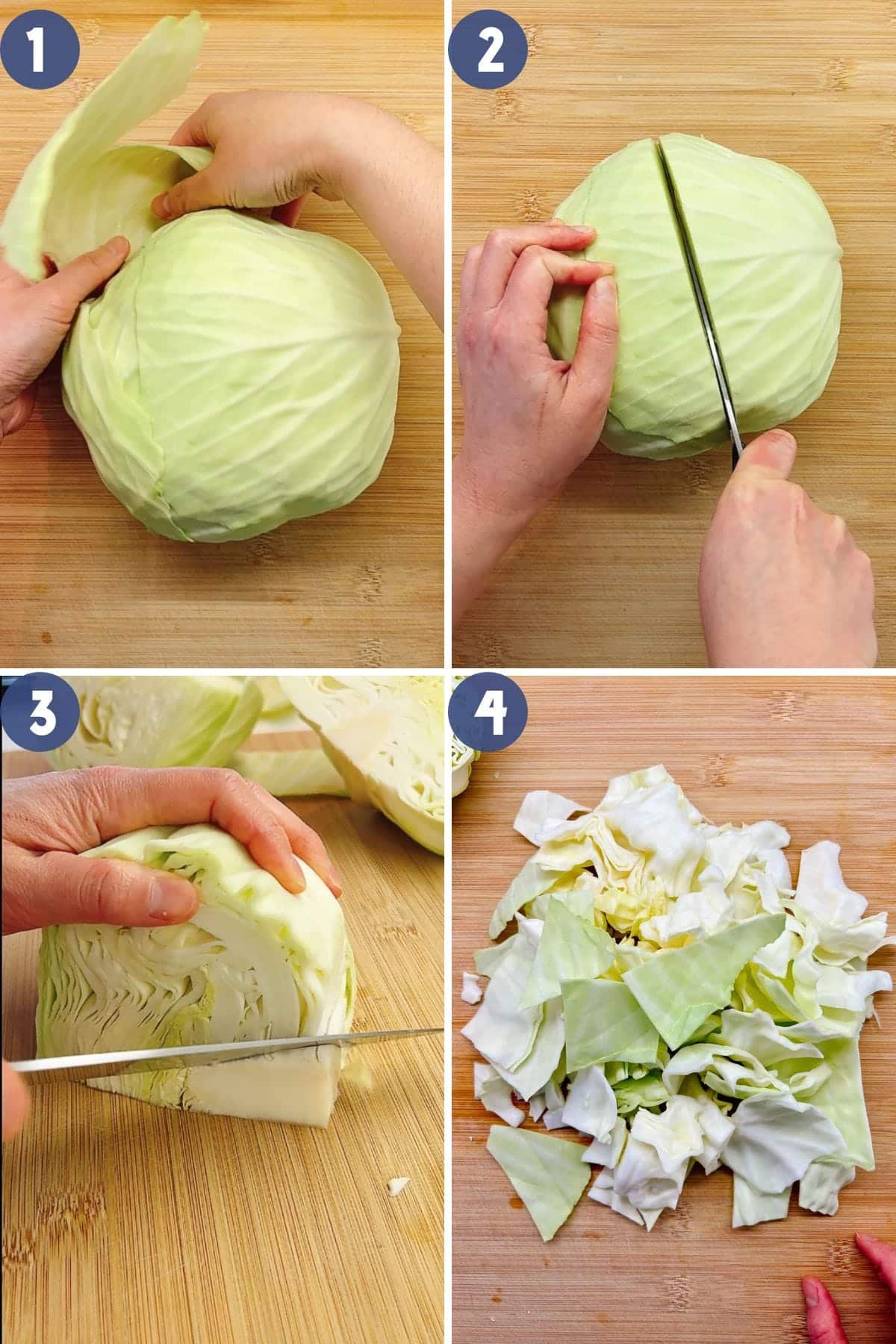
- Prep the cabbage – Remove any damaged outer leaves and trim the base.
- Slice into quarters – Use the tip of a chef’s knife to halve, then quarter the cabbage. Rock the blade slowly for control.
- Remove the core – Cut out the dense core at a 45-degree angle from each quarter.
- Cut into bite-sized pieces – Slice the cabbage into 2-3 inch lengths. For denser sections near the core, cut them slightly smaller.
- Rinse and drain – Place the chopped cabbage in a bowl, rinse thoroughly, and drain well in a colander. Pat dry to remove excess moisture—this helps prevent browning.
💡 Storage Tip: Store chopped cabbage dry in an airtight container in the fridge for 2-3 days. Rinse only when ready to cook!
How to sautee Taiwan cabbage
For a crisp-tender stir-fry, the key is preheating your skillet before adding oil and cabbage. Never boil Taiwanese cabbage—it’ll turn mushy! Here’s how to do it right:
- Prep the cabbage – Remove outer leaves, trim the base, then halve, quarter, and remove the core. Cut into 2-3 inch pieces, slicing stem sections smaller.
- Rinse and dry – Drain well and pat dry to prevent browning.
- Heat your pan – Preheat a large skillet or wok over medium heat. Once hot, add oil and swirl to coat.
- Stir-fry – Add the cabbage and turn the heat to medium-high or high. Toss frequently for 3 minutes until it turns a more translucent light green.
- Season – Sprinkle in mushroom powder and sauté for 1 minute. Deglaze with stock, then sauté 1 more minute until crisp-tender.
- Finish and serve – Turn off the heat, adjust seasoning, and serve warm or at room temperature.
Flavor variation
- Deglaze with wine – A small splash of Taiwanese michu (rice cooking wine) adds a nice aroma.
- No shiitake seasoning? – Sauté with minced garlic to bring out the natural sweetness.
- Love mushrooms? – Toss in rehydrated dried shiitake for more depth and umami.
What to serve it with
Taiwanese cabbage stir-fry is super versatile—you can enjoy it on its own or pair it with other dishes for a full meal. Here are some ideas:
- Protein dishes: Goes great with Taiwanese popcorn chicken, salt and pepper tofu air fryer, Chinese beef stew, Three cup chicken, or Taiwanese lu rou fan.
- Rice and noodles: Serve with Din Tai Fung fried rice with shrimp, Cantonese chow mein, or stir-fried corn with chicken.
ChihYu’s tips
- Taiwanese cabbage (flat cabbage) has broad, pale leaves with a mild, slightly sweet flavor. Its soft yet crunchy texture makes it perfect for stir-fries when handled right.
- Cut leaves into 2-inch pieces, slightly larger than the stems, so everything cooks evenly.
- Dry well after rinsing to prevent steaming—too much moisture can make it soggy.
- Use a very hot wok or skillet and cook over medium-high/high heat for just 2-3 minutes, tossing frequently.
- Keep it crisp! Quick cooking keeps the signature crunch and juiciness. Don’t overcook.
FAQs
Taiwanese cabbage has a flatter, more open shape with broad, pale green leaves and a crisper, juicier texture—perfect for stir-fries. Regular cabbage is rounder, denser, with thicker, darker green leaves and a firmer bite. Taiwanese cabbage is also milder and sweeter when cooked.
It’s also called Chinese flat cabbage or 高麗菜 (Gāo Lí Cài) in Mandarin. It has loose, pale green leaves and a crisp texture, different from napa cabbage. Its flat shape and mild sweetness make it ideal for quick stir-frying in Taiwanese and Chinese dishes.
More Asian cabbage recipes
I hope you give this Taiwanese sautéed cabbage a try—let me know what you think! If you’re looking for more ways to enjoy Asian cabbage, here are some delicious recipes to try:
- Chicken napa cabbage stir fry: The most popular recipe on the blog!
- Chinese ground beef stir fry with cabbage: Easy, hearty, and delicious with a touch of cumin!
- Chinese cabbage stir fry: With finely shredded cabbage, tossed in a hot wok.
- Sauteed napa cabbage: Sweet, smooth, and so comforting with shiitake.
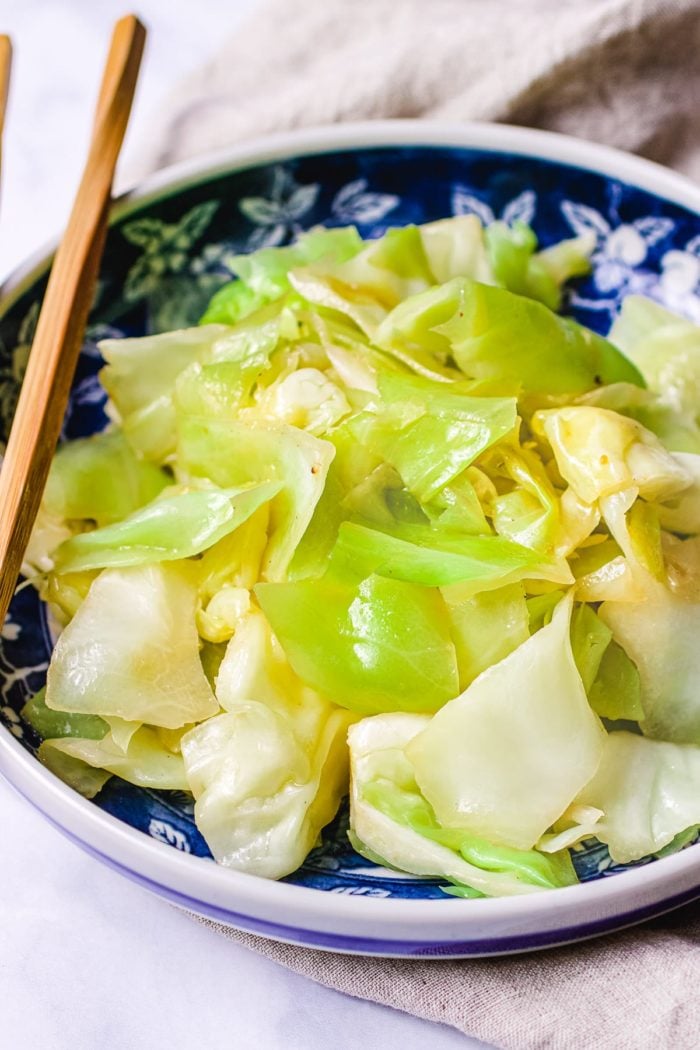
Taiwanese cabbage stir fry
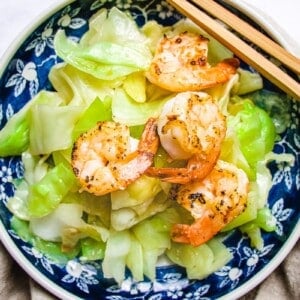
Ingredients
- 1.5 lbs. Taiwanese Cabbage also known as flat cabbage or white cabbage
- 1.25-1.5 tsp Takii shiitake seasoning powder or 1 tsp coarse salt to taste
- 2 tbsp avocado oil
- A splash Taiwanese michu or Chinese cooking wine, chicken stock
Instructions
- Start by removing any damaged outer leaves and trimming the base of the Taiwanese cabbage before carefully halving and quartering it lengthwise using the tip of a chef’s knife. Cut out the dense central cores at a 45-degree angle then slice the quarters into 2-3 inch lengths for bite-size pieces; dice any denser sections nearer the core slightly smaller.
- Rinse the chopped cabbage thoroughly, drain well in a colander, and pat dry to remove excess moisture which prevents browning.
- Preheat a 12-inch skillet or wok over medium heat. When the pan is hot enough that you can hold your palm about 2 inches above it, add oil and swirl to coat. If it starts smoking, it’s overheated – set aside to cool briefly before returning to the burner.
- Add the cabbage, be careful of the splatter, turn heat up to medium-high to high heat. Keep scooping and tossing frequently for about 3 minutes.
- Sprinkle in the mushroom powder and keep sauteing the cabbage for 1 minute. Deglaze the pan with stock (or cooking wine) and saute for 1 more minute. The cabbage should be tender yet crisp, and not too watery. Some parts will turn slightly translucent in pale yellow-green color.
- Turn off the heat. Taste and adjust with more shiitake mushroom powder or salt to taste. Serve warm or at room temperature over a large plate.
Notes
- Can’t find Taiwanese cabbage? The best substitute is Pointy cabbage (sweetheart cabbage). If using savoy cabbage (which is less juicy and sweet), thinly shred it for better texture.
- Shrimp in the photos? Just for decoration! The stir-fry is traditionally served on its own, just like how Taiwanese people enjoy it at home.
Nutrition
Nutrition information is automatically calculated, so should only be used as an approximation.
Made a dish and loved it? Please rate the recipe and leave a comment in the section below! It helps my blog grow organically, allowing me to continue sharing free and awesome content with you. Thank you!
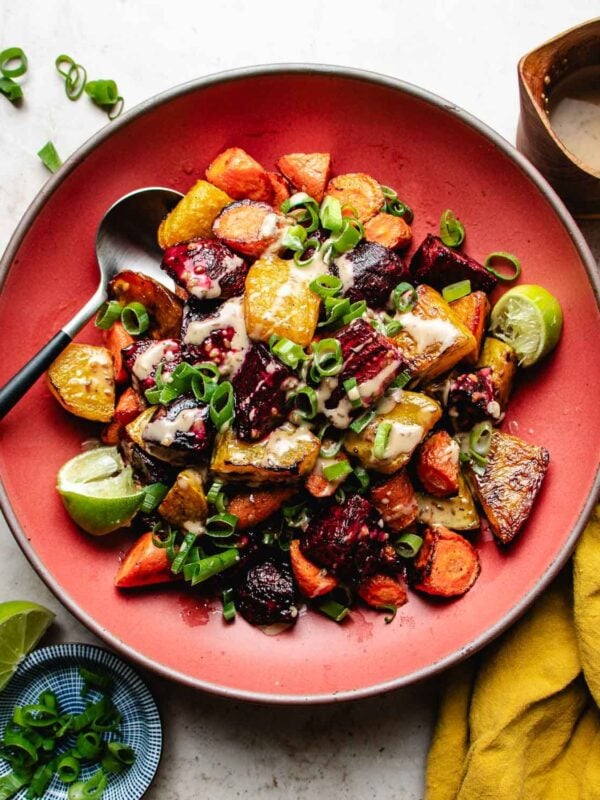

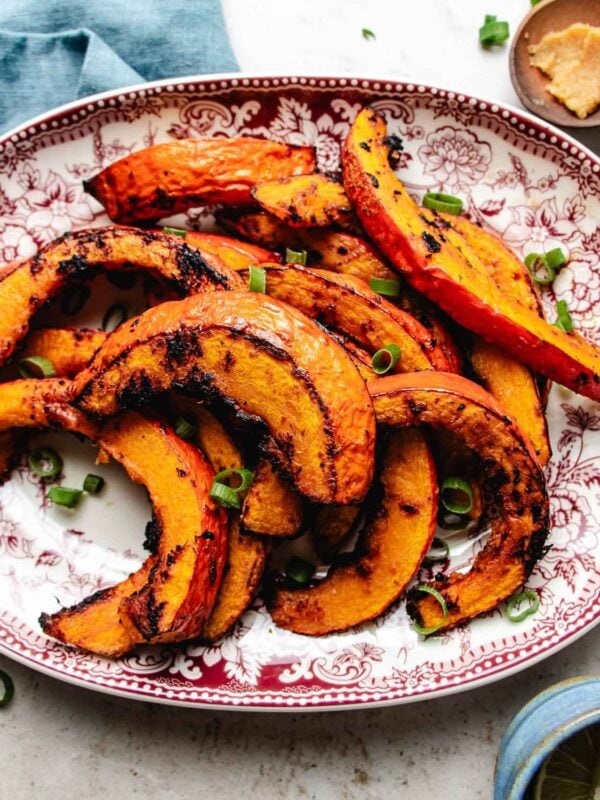


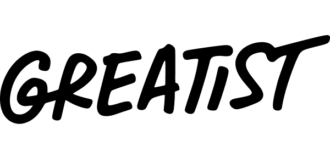







Made this today and we all loved it. It is also so healthy . I will add a little more of the Umami powder next time to add a little more flavour . Thank you ChihYu !
Thank you, Mimi! So glad you gave it a try!
Does the shiitake powder have a mushroomy flavour? We have family members that are not fond of mushrooms so would be good to know before ordering. Thank you
It’s made from shiitake mushrooms so I’d say yes 🙂
I was looking for a quick side dish to the steamed cod recipe and came across this sautéed cabbage recipe. So simple and delicious. I used the Trader Joe’s umami powder which I had on hand and it worked well. I love the consistency of the cabbage as it was warm but remained crispy. Also the tip about cutting the white parts of the cabbage smaller than the green parts was very helpful.
So happy to hear!